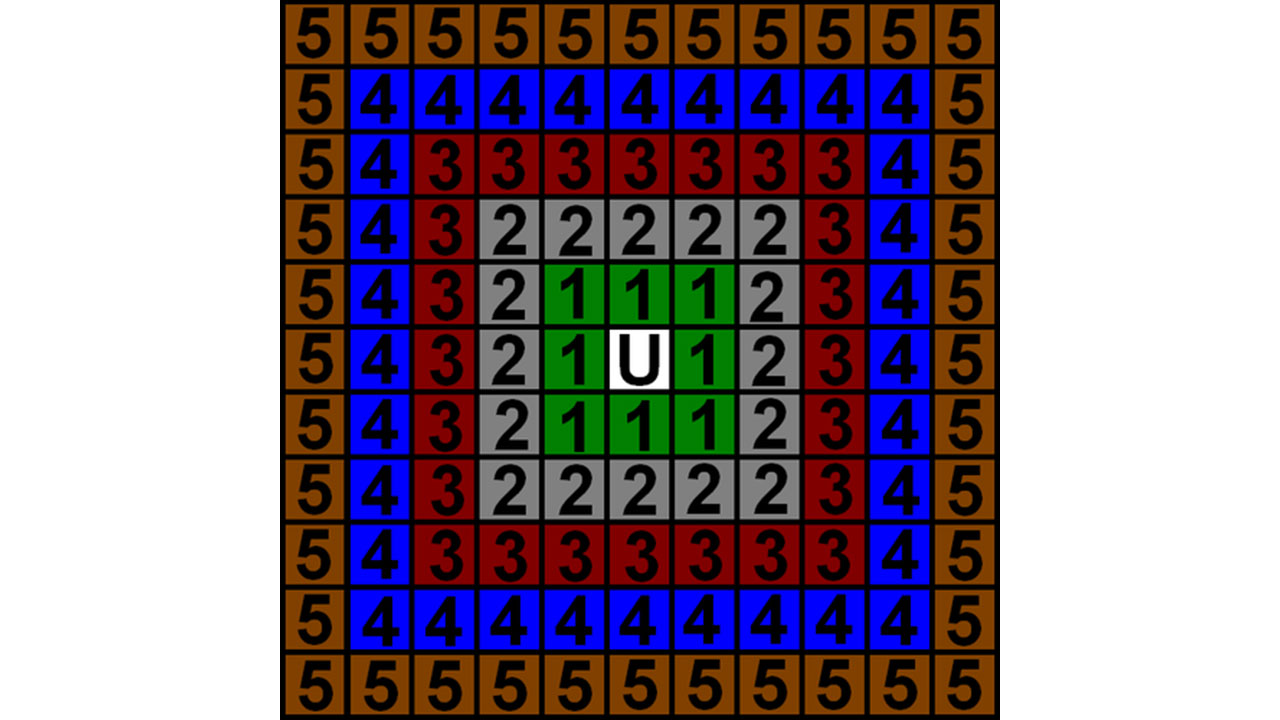Registering the Poke Radar to the Y button will save a lot of time.
To use the PokéRadar, first simply use it in the field. Specifically, you must use it in tall grass without being in the skates or on the bike. Once used, several bushes of grass will shake: those mark places where Pokémon are likely to be. Go there and you will find a Pokémon. Battle it and then ya go.
Bushes will shake after the battle: go into one of them for another battle. If this Pokémon is the same species - that’s all that matters - as the one before, you’ve begun to “chain”, and thusly increase the chances of finding Shiny Pokémon. There is a peculiar mechanic about which bush to choose that we’ll explain momentarily.
Anyways, note that encountering Pokémon before getting to a shaking bush will break the chaining sequence, so look out! Similarly, finding an empty bush or encountering Pokémon of a different species breaks the chain, but those are down to pure chance.
Because of your desire for exactitude (and diagonal moving really being screwed up in regards to encounter rates), we strongly recommend the use of the D-Pad.
Now, that bush mechanic? As anyone ever using the PokéRadar knows, multiple bushes shake. So, question is, which to choose? As a rule of thumb, the farthest is best - that’s not exactly true, but it works well if you’re having trouble spotting the bushes shaking. From experimentation, the fourth “ring” of bushes works best.
“U” is you, and each color and number denote another “ring”.
Now, looking at the above diagram, you can see that the fourth ring is those four steps away from you if you go straight or straight-diagonally, and any tile on that square. While there is no hard evidence that really supports this part of the theory, it seems to work well enough, so it may be coincidence, or related to the next concept.
As well as aiming for the fourth ring of grass, you want to aim for the fastest-shaking grass possible - that takes rather keen observation in that you have to see every bush shake. In our experience, the furthest grass shakes fastest, so that’s another rule of thumb to try using if you’re having trouble with it.
And, finally, try to avoid two adjacent bits of shaking grass - generally, it ends up empty or an alternate species, breaking your chain.
So, in summation for this current “grass rings” theory: aim for the fourth grass ring and use the fastest-shaking ring of grass, but avoid adjacent groups of shaking grass. This has been pretty successful for us, which is why we mention it: in about an hour, with around a 35-Poké chain, we got ourselves a Shiny  Pidgey.
Pidgey.
The PokéRadar itself is battery-powered. To charge it, you need to walk (or bike or skate) a number of steps in the field to get it back up to 100% - 100 steps is all that’s needed. Good luck finding Shinies!



 Sign up
Sign up
No Comments